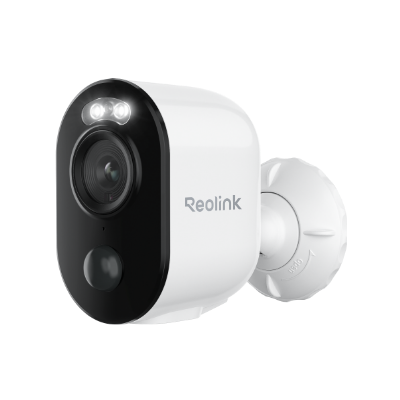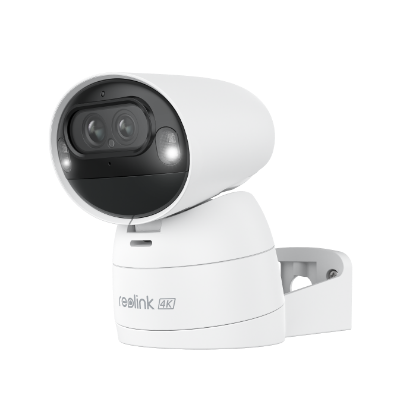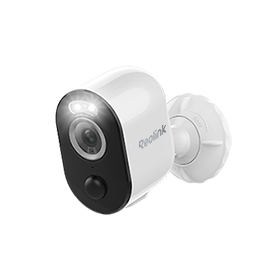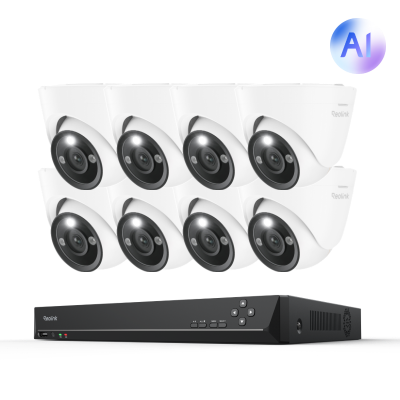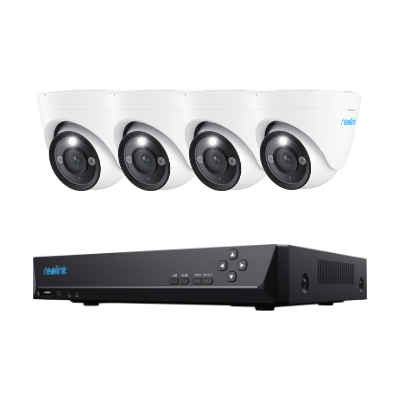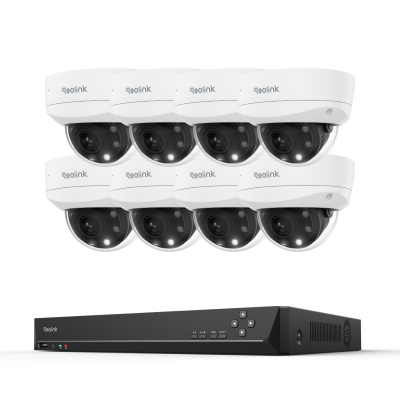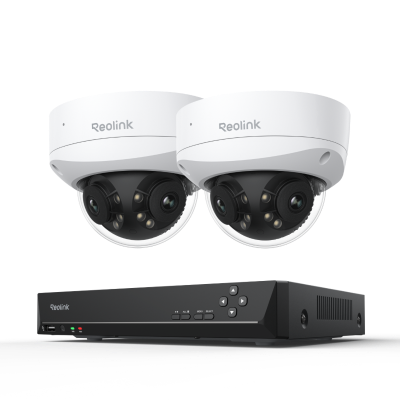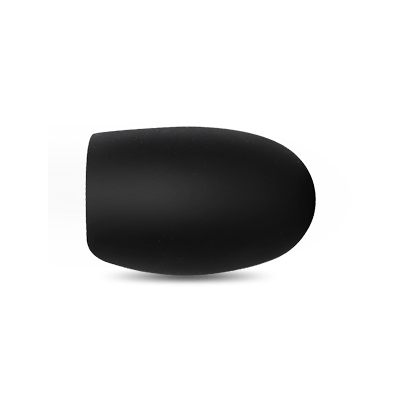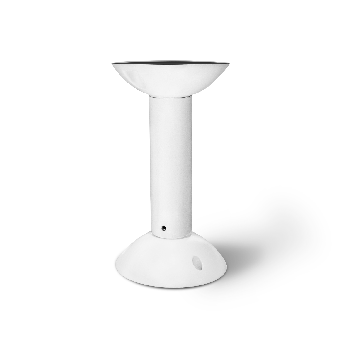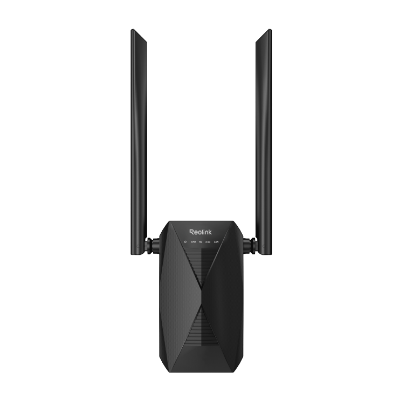Wi-Fi 6E vs Wi-Fi 7: What's the Difference?
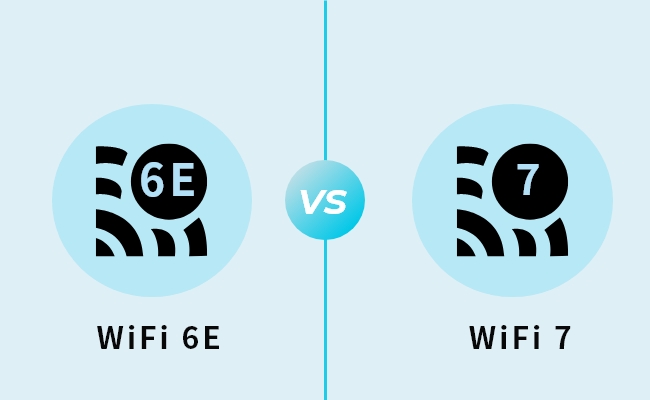
Wi-Fi 7 is the latest Wi-Fi standard on the market, and it was introduced after Wi-Fi 6E. However, the question is whether you should upgrade to Wi-Fi 7 or stick to Wi-Fi 6E for some time. To find the answer, you need to deep dive into the difference between these two and what they offer.
In this article, we will discuss what Wi-Fi 6E and Wi-Fi 7 are. We will explain the difference between them and whether you should update to Wi-Fi 7 or not.
Wi-Fi 6E vs. 7: Basics of Them
For those unfamiliar with these terms, let’s begin with a basic introduction to Wi-Fi 7 and Wi-Fi 6E.
What is Wi-Fi 6E?
Wi-Fi 6E is the extended version of the 6th generation of Wi-Fi, which is Wi-Fi 6. It was released in 2020.
Both Wi-Fi 6E and Wi-Fi 7 have the same IEEE standard 802.11ax. However, they differ in a few aspects.
Wi-Fi 6E operates on three Wi-Fi bands. Apart from the 2.4GHz and 5GHz bands, it has an additional band of 6GHz.
What is Wi-Fi 7?
Wi-Fi 7 is the generation of Wi-Fi with an IEEE standard 802.11be. It was recently released in January 2024.
Similar to Wi-Fi 6E, it also uses three Wi-Fi bands: 2.4GHz, 5GHz, and 6GHz. However, it offers better speed, latency, wider channels, etc.
Wi-Fi 6E vs Wi-Fi 7: What's the Difference?
The key difference between Wi-Fi 6E and 7 is the generation or technology standard. Wi-Fi 7 is equipped with the latest technology that brings more features and better performance. For instance, it is equipped with Multi-Link Operation (MLO) that allows devices to connect with two different Wi-Fi bands. Let’s see some other major differences.
Speed
There is a significant difference in the speed of Wi-Fi 6E and Wi-Fi 7.
Wi-Fi 7 is equipped with Extremely High Throughput (ETH). It takes the speed to the next level and allows each device to work better than ever before.
The maximum speed of Wi-Fi 6E is 9.6Gbps, while Wi-Fi 7 offers up to 46Gbps. That said, Wi-Fi 7 is around 4.8 times faster than Wi-Fi 6. It is a theoretical speed, so the actual speed will be lower than that, but still, Wi-Fi 7 has no comparison to Wi-Fi 6E in terms of speed.
Wi-Fi 6 technology has now been integrated into security cameras. For instance, Reolink's latest model, the Argus 4 Pro, is Wi-Fi 6 enabled. Users can enjoy seamless connections and full-color footage both day and night without buffering issues.
4k 180° Wire-free Color Night Vision Camera
4K UHD 180° Blindspot-free View; Color Vision Day and Night; 30% More Battery Life; Dual-band Wi-Fi 6; Smart detection.
Channel Width
Wi-Fi 6E and Wi-Fi 7 both operate on three Wi-Fi bands. However, the channel width is the main differentiator.
The 2.4GHz and 5GHz channel width of both Wi-Fi technologies is the same. 2.4GHz can be 20MHz, 40MHz. While the 5GHz can be up to 160MHz.
The 6GHz of Wi-Fi 6E can be up to 160MHz. However, it can go up to 320MHz in Wi-Fi 7, which is two times.
That said, Wi-Fi 7 has a lot more bandwidth, which means it can connect more devices and allow them a wider path for data transfer.
QAM
QAM stands for Quadrature Amplitude Modulation. It defines the amount of data that can be translated from digital data packets to an analog signal. It tells the maximum capacity of data that can be encoded.
Wi-Fi 6E’s QAM is 1024, which means 10 bits for each symbol. On the other hand, Wi-Fi 7’s QAM limit is 4096. Each symbol carries 12 bits, which translates to higher transmission rates. There will be more data in each transmission of Wi-Fi 7.
Wi-Fi 7 vs. Wi-Fi 6E: Should I Update?
Wi-Fi 7 is the latest technology with incredible speed and features. Its speed is 4.8X more due to Extremely High Throughput (ETH). It offers faster data transfer data, wider channel bandwidth for more devices, reduced latency, and Multi-link Operation (MLO).
However, it is still new to the market. You won’t be able to harness its true power unless you have Wi-Fi 7 compatible devices, such as smartphones. It will take years for Wi-Fi 7 to be adapted at a large scale. If you are already using Wi-Fi 6, you should wait for some time and then upgrade to Wi-Fi 7.
Now, Wi-Fi 6E is definitely a good option compared to its predecessors. But the issue with it is backward compatibility. That means you won’t be able to use devices that support previous technologies like Wi-Fi 5. It is more focused on new devices. But if you wish to use only Wi-Fi 6E or later devices, it could be a great option.
Thus, it is better to stick to Wi-Fi 6 until Wi-Fi 7 is widely adopted. Neither Wi-Fi 6E nor Wi-Fi 7 is worth the upgrade at this moment.
Wi-Fi 6 vs 6E vs 7: Comparison Between Them
Before we dive into the comparison, let’s have a quick overview of Wi-Fi 6. Wi-Fi 6 is the sixth generation of Wi-Fi, known as IEEE 802.11ax. It was introduced in 2019 with an incredible speed of up to 9.6Gbps, extremely faster than its predecessor.
It is equipped with Orthogonal Frequency-Division Multiple Access (OFDMA) to communicate to multiple devices at a time.
FAQs
1. Is Wi-Fi 7 better than Wi-Fi 6E?
Yes, Wi-Fi 7 is better than Wi-Fi 6E in terms of speed, bandwidth, latency, data density, etc. However, it is a new Wi-Fi standard, which means it will take time to be adapted in abundance.
2. Is Wi-Fi 7 backwards compatible with Wi-Fi 6E?
Yes, Wi-Fi 7 is backward compatible, which means it can support all devices of previous Wi-Fi generations. It is compatible with Wi-Fi 6E.
3. Is Wi-Fi 7 overkill?
Wi-Fi 7 could be overkill if you only check emails, stream 4K videos, etc. If you don’t do high-capacity gaming, live streaming, simultaneous data transmission, and other processing that requires lower latency, high speed, and wider channel bandwidth, it will be useless.
4. Should I upgrade to Wi-Fi 7 router?
Not for now. If you are using Wi-Fi 6, it is better to stick to it until Wi-Fi 7 becomes more common. Then, you will have Wi-Fi 7 compatible devices all over to harness its true power.
Conclusion
Wi-Fi 6E and Wi-Fi 7 are two recent Wi-Fi technologies. Both offer incredible speed and features, but choosing one of them could be a bit difficult. Wi-Fi 7 is still new, and it will take a significant time to become common. On the other hand, Wi-Fi 6E is a bit older, but it is not backward compatible. For now, it is worth using Wi-Fi 6 and waiting for a few years so that Wi-Fi 7 can become widely used.
Search
Subscribe for the Latest Updates
Security insights & offers right into your inbox






































